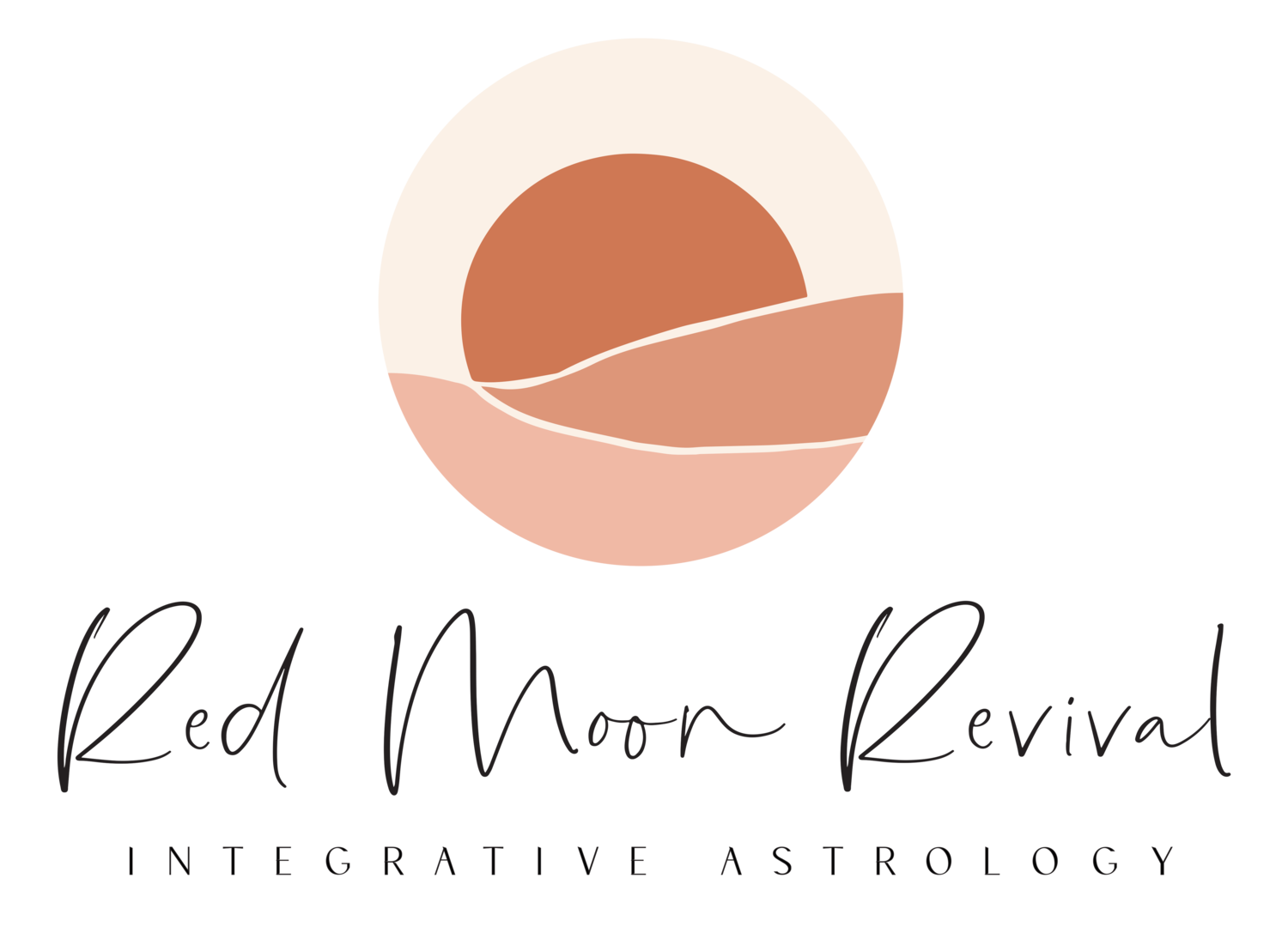Who is Venus/Inanna?
The First Epic Poem: The Descent of Inanna
The Descent of Inanna describes, as the title suggests, the ancient Sumerian goddess Inanna’s descent into the underworld – Inanna being the daughter of Nanna, and the Sumerian goddess of love, beauty, fertility, and wisdom, among other things. Although The Descent of Inanna is a short work (it runs to little over 400 lines, making it a little shorter than a poem like The Waste Land), it contains many of the elements we associate with epic poetry (such as the descent into the underworld), and elements of the story are found in the later myths of the descent of Ishtar and the Greek story of Persephone and Hades. You can read a modern English translation of The Descent of Inanna
In The Descent of Inanna, the titular goddess descends into the underworld, in order to observe the funeral rites of Gugalanna, the Bull of Heaven and to visit her sister Ereshkigal, Queen of the Dead. She leaves her minister Nincubura with instructions to guard the mortal world in her absence, and seek help from other priests and priestesses to ensure Inanna comes to no harm in the underworld. (The lacerating of Nincubura’s nose, ears, and buttocks is also requested.) Inanna goes to the underworld ‘armed’ with the seven divine powers, including a turban and wig on her head and beads of lapis lazuli around her neck. (The poem utilises plenty of repetition and commands, giving it the feel of a chant or prayer as much as an epic narrative poem.)
Unfortunately, when Inanna arrives in the underworld, her sister seems reluctantly to see her, and commands the Queen of the Dead to make Inanna divest each of her seven divine powers, one at each of the gates leading into the underworld. Crown, sceptre, and clothes are all removed until Inanna, naked and lacking the talismans she had ‘armed’ herself with, arrives in hell. The two sisters meet, and then Inanna, aided by two demons sent to retrieve her from the underworld (by the faithful Nincubura, of course), returns to the land of the living.
It’s pretty life-affirming that this poem still exists, some 4,000 years after it was first composed. It sets a precedent for many later tales of similar descents into the underworld – Persephone/Proserpine in Greek and Roman mythology is just one example – and however different the local details may be, the poem shows how early on in the history of civilisations (the plural seems necessary) the descent into the underworld became a staple narrative, fusing devotional prayer with storytelling. But The Descent of Inanna is also poignant because it reflects a civilisation in decline. The Akkadian empire would fall not long after this poem was composed. In a curious way, there is a line stretching from The Descent of Inanna to Edmund Spenser’s The Faerie Queene to Eliot’s The Waste Land. Spenser was writing The Faerie Queene towards the end of Queen Elizabeth I’s long reign, when Elizabethans were living in the grip of a succession crisis. Who would succeed Gloriana to the English throne? Eliot’s 1922 poem, similarly, expresses anxiety about the collapse of empires, including the British. Perhaps there never was a Golden Age when epics were written against the backdrop of a strong and durable empire or nation: the epic has always thrived in times of decline, when the paradises we’ve known are about to be lost.
-Text by Oliver Tearle at intersetingliterature.com
